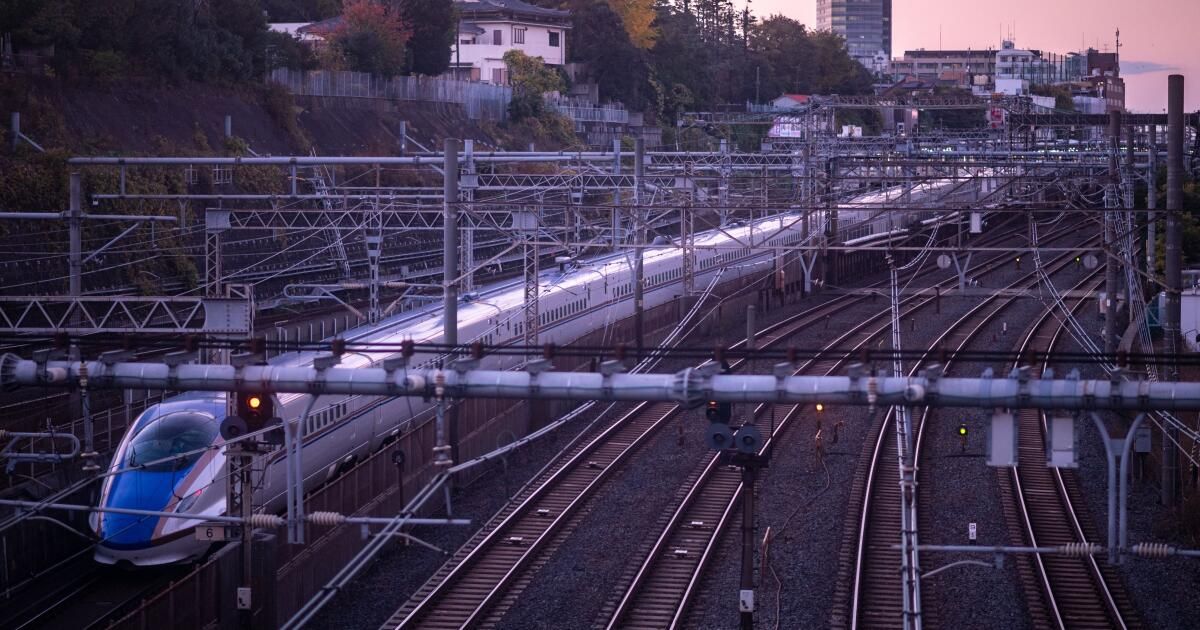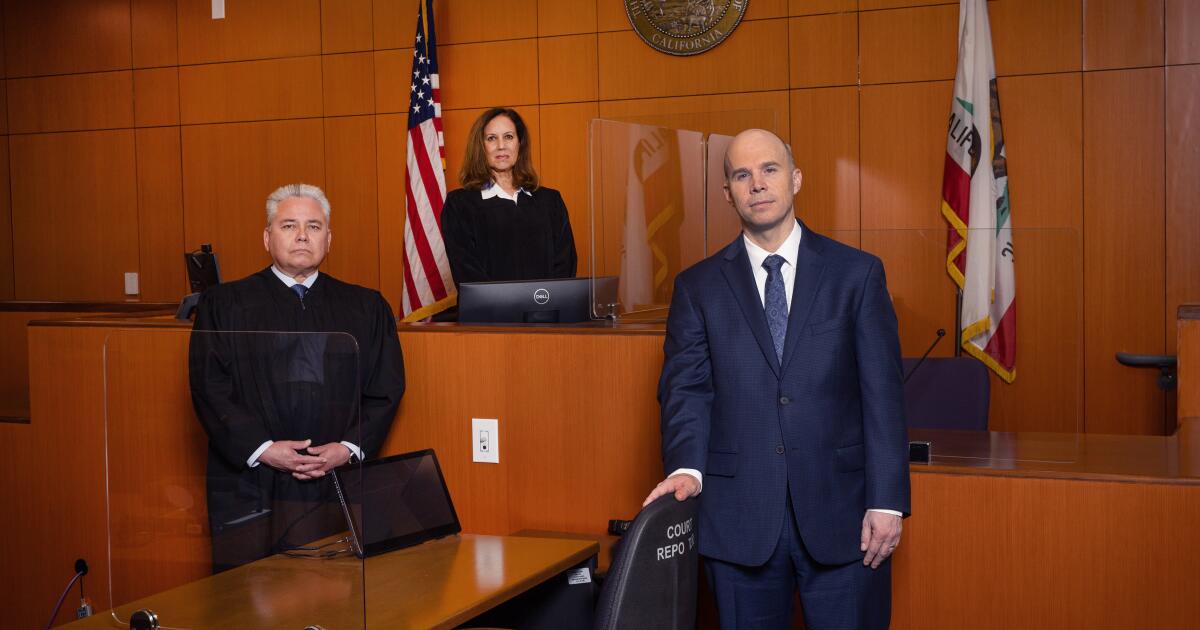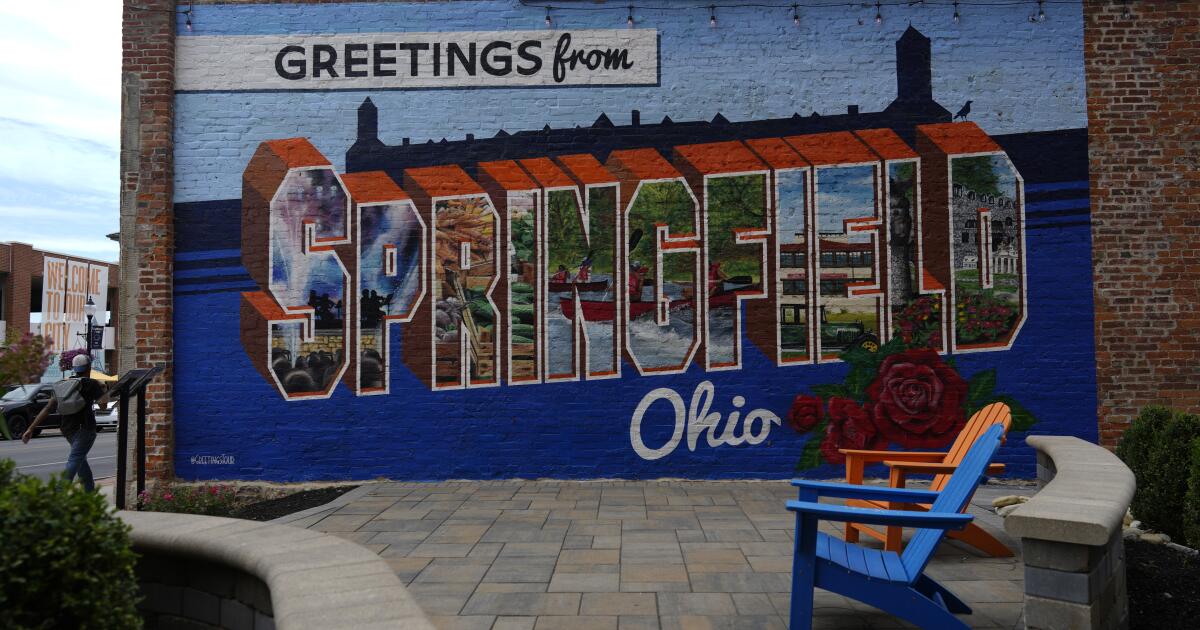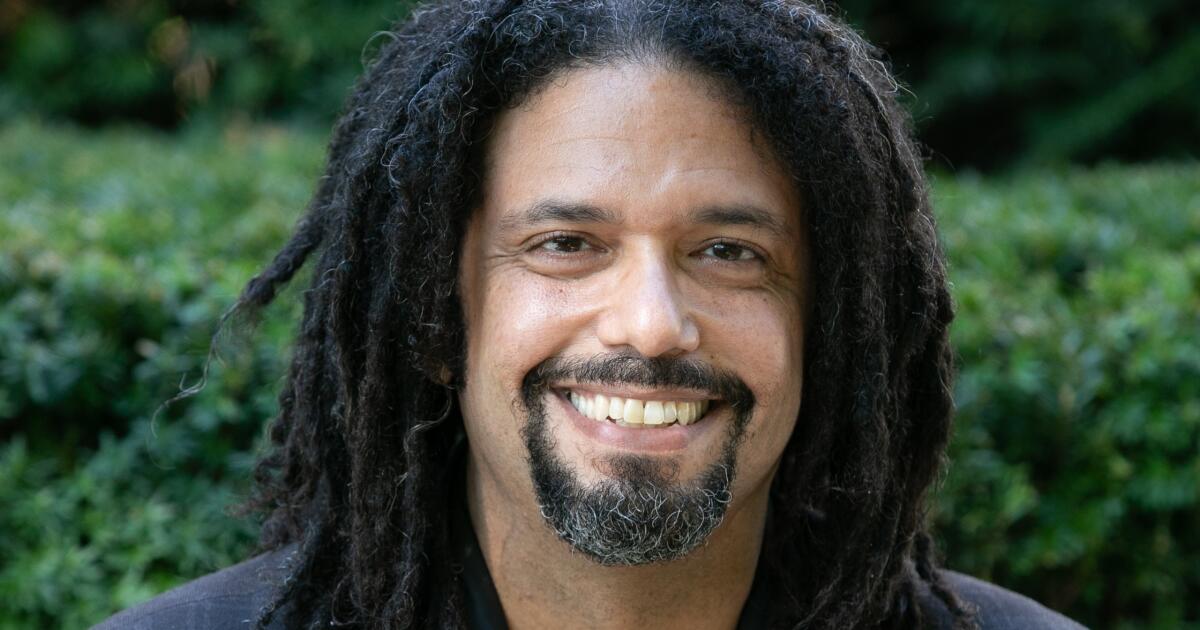We have heard the stories and we saw the headlines on and on: “The Trump administration to withdraw $ 4 billion in funds for the California High Speed Railroad”, “The California High Speed Railway Project has no” viable path, “says a new report.”
Given the constant negative forecasts and the direct attacks of experts and politicians of all stripes, how is it that California, like Sisifus, continues to push such a giant rock on an always growing mountain?
We have to admit that the history of the high -speed railroad of our state has been disappointing, to say at least. The route has been planned, changed, discussed, committed and expelled for many years. It was hired to too many consultants, too many demands presented, too many hands have submerged in a government pot that looks like a scheme rich in Get. The money stops and begins, which causes losses of efficiency of all kinds, and is the best political football, easy to kick for anyone with hatred of the “other side”, which now seems to be all of us. The final environmental impact report has been approved after the Herculean effort, the construction is underway and, nevertheless, many obstacles remain.
Despite the greatest challenges than life, there are some social problems that keep our state hitting this dream. Traffic is one of them. Californians obstruct their highways up and down the state at almost every time. Us subsidize roads For a sum of $ 32 billion a year, just to sit in them. But we still love our cars, would the travelers give up when they climb and get off the state? Apparently yes. In a recent survey, 54% of Californians still Believe the high speed rail -Sugiring that they would prefer to make a three -hour trip to spend six to eight hours driving from San Francisco to Los Angeles. In addition to the saving of time for residents, it would cost approximately double in the construction of new roads to provide the equivalent travel volume provided by the high -speed railroad, which also makes it a financial victory.
But, there are no more pressing problems than California worries, such as housing, for example? Like most states, California faces an affordable housing crisis. Maybe unintuitively, trains can also help here. The decision to pass the railway line through the Central Valley was deliberate. This is the area of the State with the least expensive land to develop, for housing and commerce. Just when the east coast became a series of megacities linked by Amtrak, California is evolving towards its own megalopolis. The high -speed railroad will not only connect these housing and trade areas, but also help produce them by reducing transport problems. People can travel by rail from affordable areas or live further from urban centers without sacrificing access to urban comforts.
Another great factor in the high -speed rail discussion is the weather. Extreme climatic events are worse, more frequent and more expensive. More than 16,000 structures They were destroyed in the forest fires of January of Los Angeles, an amazing loss. The science of climate change is undeniably clear, and California is the zero zone for the effects.
Causes of transport about 30% of the contamination of greenhouse gases in the United States, and is one of the sectors where we have many known technologies to replace our polluting forms. The high speed rail is one of them. The efficiency of converting the energy stored in the movement of the electric train is incredibly high. It is up to four times more efficient than driving cars and nine times more efficient than flying. And as we turn the grid into always cleaners of electricity, the use of network transport also becomes cleaner.
The many reasons why we need a modern rail system should keep us focused while facing obstacles. Remember that Shinkansen in Japan, Eurostar, TGV in France and many other high -speed systems were also substantially due to the budget or delayed during construction. Ultimately, a lot have been used, and the results have been held. The costs have amortized for decades and have shown that the effort is worth it.
In the United States, we could overcome much of the financial drama for the high -speed railroad if we consider Creation of a National Infrastructure Bankwhich would rebuild our collapse of infrastructure and financial transport projects such as the high -speed rail without adding to the national or state debt load. This common financial mechanism created large amounts of our national infrastructure in the past, but currently faces winds against due to self -destructive political polarization.
Climate, congestion, housing and commerce help keep sleep alive, but maybe there is something else that is brewing in California that could make the dream real. We are the definitive land of hope and solutions. Here it is still where the dreamers dream and makers, and we are third in this regard. We see the political capture for entrenched and polluting earnings seekers and raises our anger. The success of the high -speed railroad in other countries raises our competitive hackles. The constant fatality extended by conflict deposits driven by the media that use California's high speed railroad to demonize social things in the United States makes us challenge.
Perhaps all these reasons have a multiplicative effect. Or perhaps we simply refuse to believe that audacity, hope and pride in collective achievement is a thing of the past in the United States, and especially in California.
Jeffrey Beeman is a retired material scientist and a member of Californians for electric railroad.












